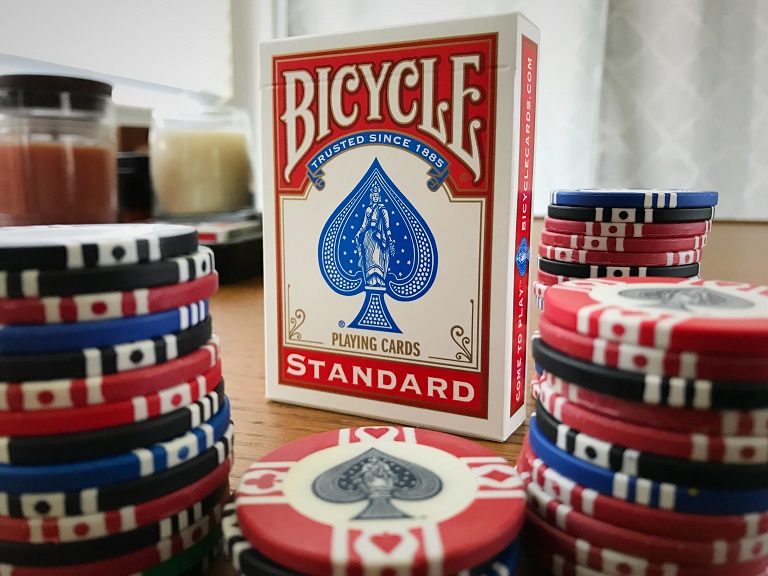Seven-Card Stud is a classic and exciting variant of poker that has been enjoyed by players for generations. In this article, we’ll delve into the intricacies of Seven-Card Stud and provide valuable tips to help you master this captivating game.

Understanding the Basics
In a seven-card Stud, the dealer deals each player seven cards during the hand, distributing three cards face down and four face up. The players aim to construct the strongest possible five-card poker hand using any combination of their seven cards. Throughout the game, players actively assess their hand strength and strategize to maximize their chances of winning.
Starting the Game
The game begins with each player placing an ante into the pot, followed by the dealing of three cards – two face down and one face up. The player with the lowest-ranking face-up card must initiate the betting action with a “bring-in” bet.
The Exchange
After each player places their initial bets, the dealer deals three more cards to each player, revealing them face up. Subsequently, players engage in another round of betting following the deal of each card. Finally, the dealer deals a seventh card face down to each player, initiating a final round of betting before the showdown. Throughout this phase, players actively participate in betting rounds as cards are dealt and decisions are made based on their hand strength and strategy.
Key Strategies for Success
Starting Hand Selection
To excel in Seven-Card Stud, it’s crucial to begin with strong hole cards, which are the two cards dealt face down to each player at the start of the hand. These initial cards lay the foundation for your potential hand strength throughout the game. Aim for cards that have the potential to form powerful high-ranking hands, such as pairs, suited connectors, or high-ranking cards like aces or kings. Starting with strong hole cards increases your chances of building a formidable hand as the game progresses, giving you a competitive edge over your opponents. Keep in mind the potential combinations and possibilities as you strategize your moves based on your initial hand strength.
Reading Your Opponents
In Seven-Card Stud, observing the face-up cards of your opponents is essential for assessing the strength of their hands and adapting your strategy accordingly. By paying close attention to the exposed cards of other players. You can gain valuable insights into the potential combinations they may be aiming for and the strength of their current holdings. Look for patterns in their betting behaviour and the cards they choose to reveal. This can provide clues about their hand strength and possible strategies. For example, if an opponent consistently raises when they have high-ranking face-up cards. They may be holding a strong hand like a pair or three of a kind. Conversely, if a player frequently folds or checks with lower-ranking face-up cards, they may be struggling to form a winning hand. Use this information to make informed decisions about your hand and adjust your betting and playing tactics accordingly.
Positional Play
Take advantage of your position at the table to control the betting action and extract maximum value from your strong hands.
Pot Odds and Implied Odds
Calculate the pot odds and implied odds carefully to determine whether it’s profitable to continue chasing a hand.
Maintaining a Poker Face
Avoid giving away information about the strength of your hand through your facial expressions or body language.
Conclusion
With its unique gameplay and strategic depth, Seven-Card Stud offers a thrilling poker experience for players of all skill levels. By mastering the fundamentals and implementing effective strategies. You can enhance your chances of success and dominate the tables in seven-card stud games. So, gather your cards, sharpen your skills, and embark on your journey to becoming a seven-card stud master!

